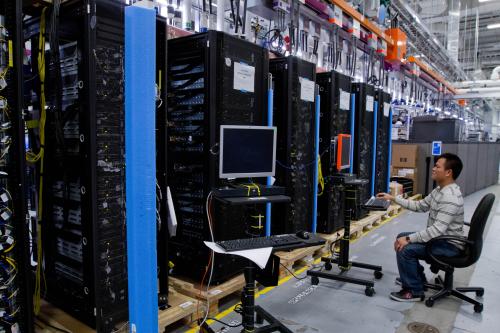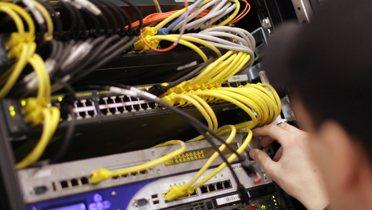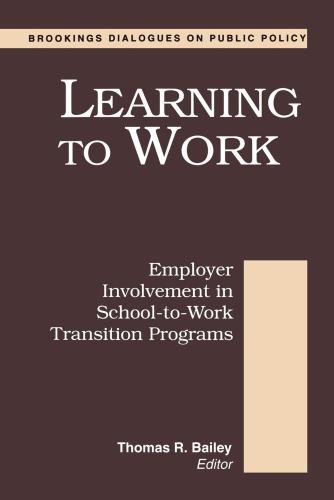Executive Summary
Government information technology is subject to a variety of rules, regulations, and procurement policies. Computing is treated differently depending on whether the platform is based on desktops, laptops, mobile devices, or remote file servers known as cloud computing. There are differences between the executive, legislative, and judicial branches of government, as well as in the level of privacy and security expected for various applications.
Some people perceive higher security on desktop or laptop computers and lower security with the cloud because the latter’s information is stored remotely through third-party commercial providers. In reality, though, there are serious security threats to all electronic information regardless of platform, and cloud server providers often take security more seriously than mass consumers or government officials employing weak passwords on their local computers.
In this paper, I review current federal IT policy and discuss rules, practices, and procedures that limit innovation. There are a variety of obstacles that make it difficult for policymakers to take full advantage of the technological revolution that has unfolded in recent years. After outlining these issues, I make recommendations on policy changes required to improve the efficiency and effectiveness of federal computing.
My specific recommendations include:
- Public officials should develop more consistent rules on computing across desktop, laptop, mobile, and cloud platforms.
- The use of video, collaboration, and social networking should be authorized for congressional offices. This would make legislative branch policy consistent with that of the executive branch.
- Judicial branch computing should be modernized, with greater emphasis on cloud computing.
- There should be a more uniform certification process for federal agencies. Right now, each agency is responsible for certifying its own applications. It makes sense to have a “joint authorization board” with the power to review management services and certify particular products for use across the government.
- Congress should update the Electronic Communications Privacy Act to change the process by which law enforcement agents obtain electronic information. Instead of using a prosecutor’s subpoena, legislation should require a “probable cause” search warrant that is approved by a judge. This would provide greater safeguards in terms of online content, pictures, geolocation data, and e-mails.
- Privacy rights should be placed on the same footing regardless of whether a person is using desktop or cloud computing. It makes little sense to have weaker standards on one platform than another. Consumers and government decision-makers expect the same level of protection whether they are accessing information on a desktop, laptop, mobile, or cloud storage system.
- Congress should amend the Computer Fraud and Abuse Act to strengthen penalties for unwanted intrusion into computing systems. The law has inconsistent penalties and prosecutors have found that it is hard to prosecute cyber-crimes.
- Apps.gov represents a big step forward and government use should be expanded because it makes procurement easier and speeds public sector innovation. It is a model of how the government can reinvent itself through digital technology in ways that improve efficiency and effectiveness.
- Countries need to harmonize their laws on cloud computing so as to reduce current inconsistencies in regard to privacy, data storage, security processes, and personnel training,
- There should be mechanisms for data exchange that encourage portability across platforms. We should avoid vendor lock-in that precludes data exchange.
- Data on uptime, downtime, recover time, archiving, and maintenance schedules would help build public trust by providing information on computing performance.










